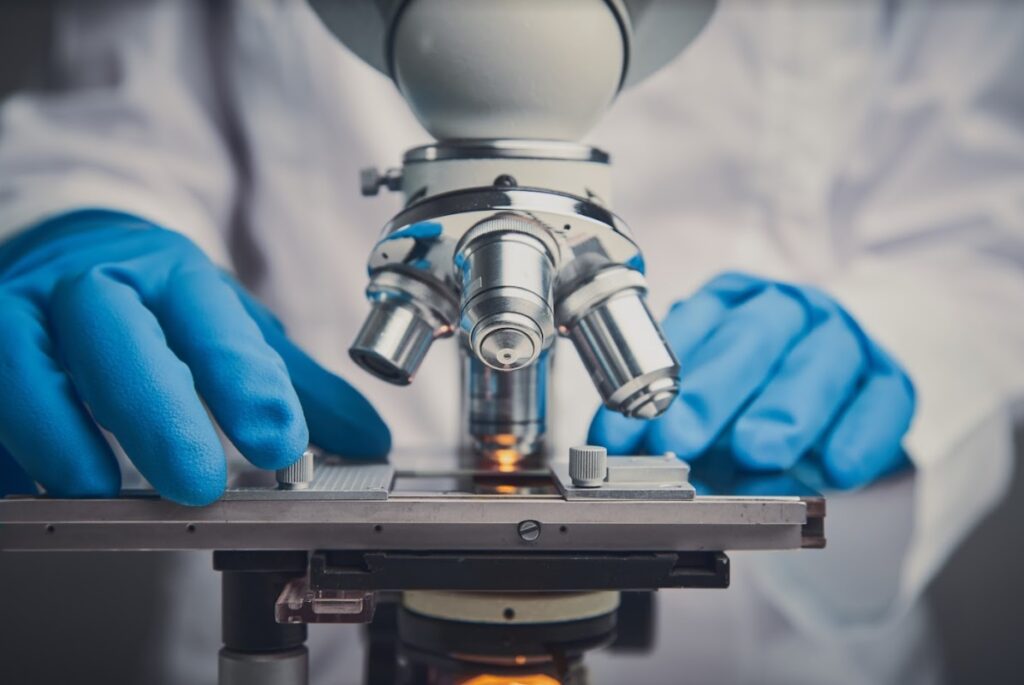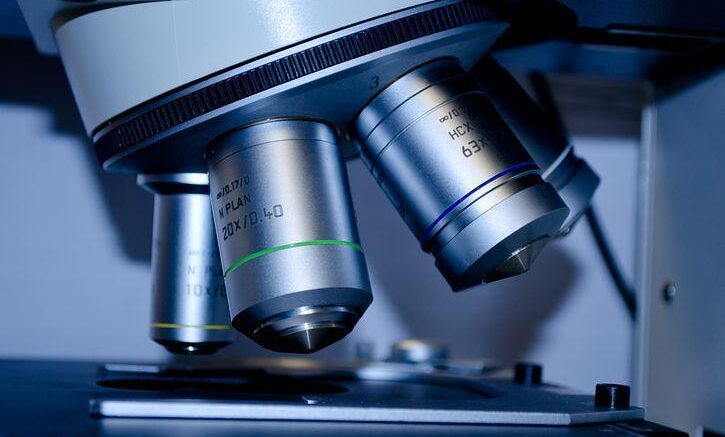FTIR microscopy is a powerful analytical technique used to identify molecules or compounds. Its analytical sensitivity and spatial resolution are exceptional, and the method offers unlimited analytical opportunities. Furthermore, it is relatively easy to use, making it suitable for all scientists.
High analytical sensitivity
FTIR is an extremely powerful tool for chemical analysis. It is a non-destructive optical technique to determine a material’s chemical composition and optical properties. It can be applied in numerous applications, including failure and competitor analysis and the detection of counterfeit materials. It is so important that it is heavily regulated in some industries. The ftir microscopy is highly sensitive and can detect as little as four percent of an additive.
FTIR can distinguish different molecular bounds groups based on characteristic band maxima and local peaks in the spectrum. This technique has been used to analyze bituminous binders and identify structures associated with oxidative aging. FTIR spectroscopy also provides information on chemo-mechanical coupling, which is useful for determining the mechanisms of oxidative aging. This technology works better when coupled with high-performance XY stages, requiring very advanced manufacturing standards to be produced. You can check this guide if you want to know more about xy stages.
High spatial resolution
FTIR microscopy offers high spatial resolution, which is important for studying biological materials. Its spectral resolution can go up to four cm-1. This spectral resolution is a function of the interferometer used to take the images. Image contrast can also be used to measure spatial resolution. This contrast value varies depending on the type of microscope. It can be found by comparing the image contrast with the MTF.

FTIR microscopy can detect features as small as one micron. An edx mapping is also a technique that uses x-rays to determine the elemental composition of materials. Returning to the spatial resolution of traditional FTIR, it is around twelve microns, far higher than the actual features. The high spatial resolution of FTIR microscopy can help identify calcifications that are too small to be visible with a normal microscope. Because of the spatial resolution, the method is popular among researchers, scientists, and students.
Unlimited analytical opportunities
The Fourier Transform Infrared (FTIR) microscope is a versatile laboratory tool to identify impurities, trace materials, and microparticles in samples. Its large working area allows researchers to study various samples, including those as thick as four centimeters and as heavy as five kilograms. This microscope also allows researchers to identify thousands of particles on a one-cm2 filter rapidly.
Nano-FTIR can also be used to investigate surface and subsurface layers. The molecular vibrations of polyethylene-oxide are similar to those of other materials, but they exhibit a difference in the strength of their oscillators and chemical bonding. The combination of these features can provide unprecedented sensitivity in various applications. In addition, nano-FTIR allows researchers to investigate surface-level processes such as ion-particle separation and chemical reactions.
Easy to use
FTIR is an analytical technique that measures the vibrational energy of molecules. Each functional group has discrete vibrational energy, and the FTIR method can identify a molecule by combining these vibrations. FTIR microscopy can be used in many fields, including material science, geology, and chemistry. This method can be used to examine the properties of materials, including rocks, liquids, and gases.
FTIR microscopy is easy to use and requires no special expertise. The technology works by collecting data from materials that absorb infrared light, revealing their chemical composition. This type of spectroscopy is especially useful for forensic analysis, where the instrument is useful for determining the chemical composition of a sample. In addition, the instrument is designed to be portable and lightweight, with a footprint the size of a laptop.
